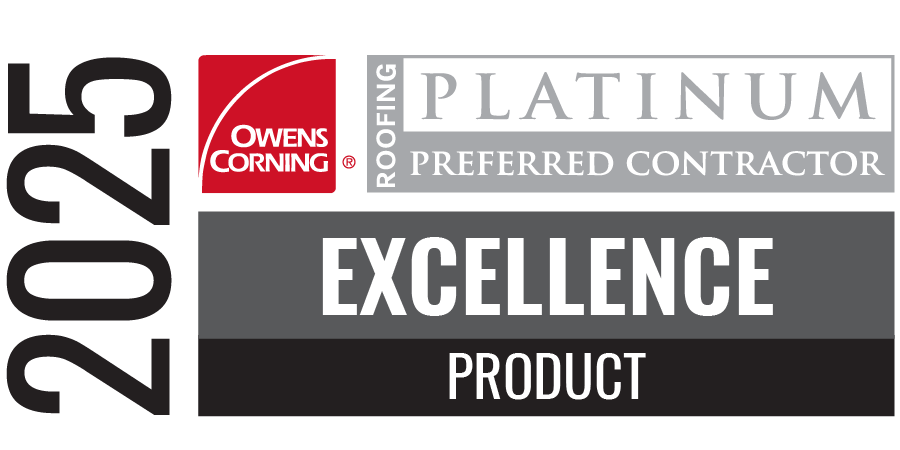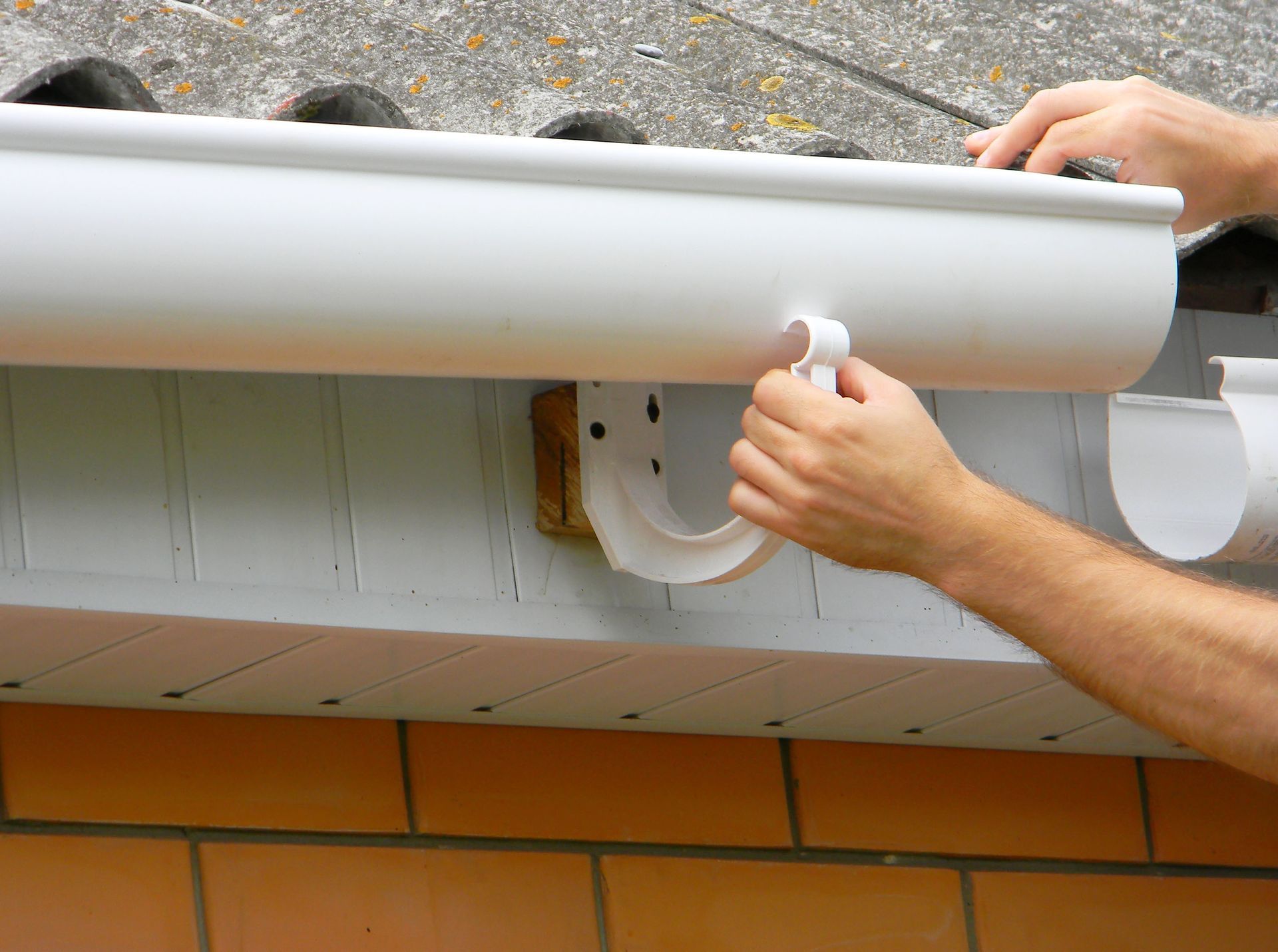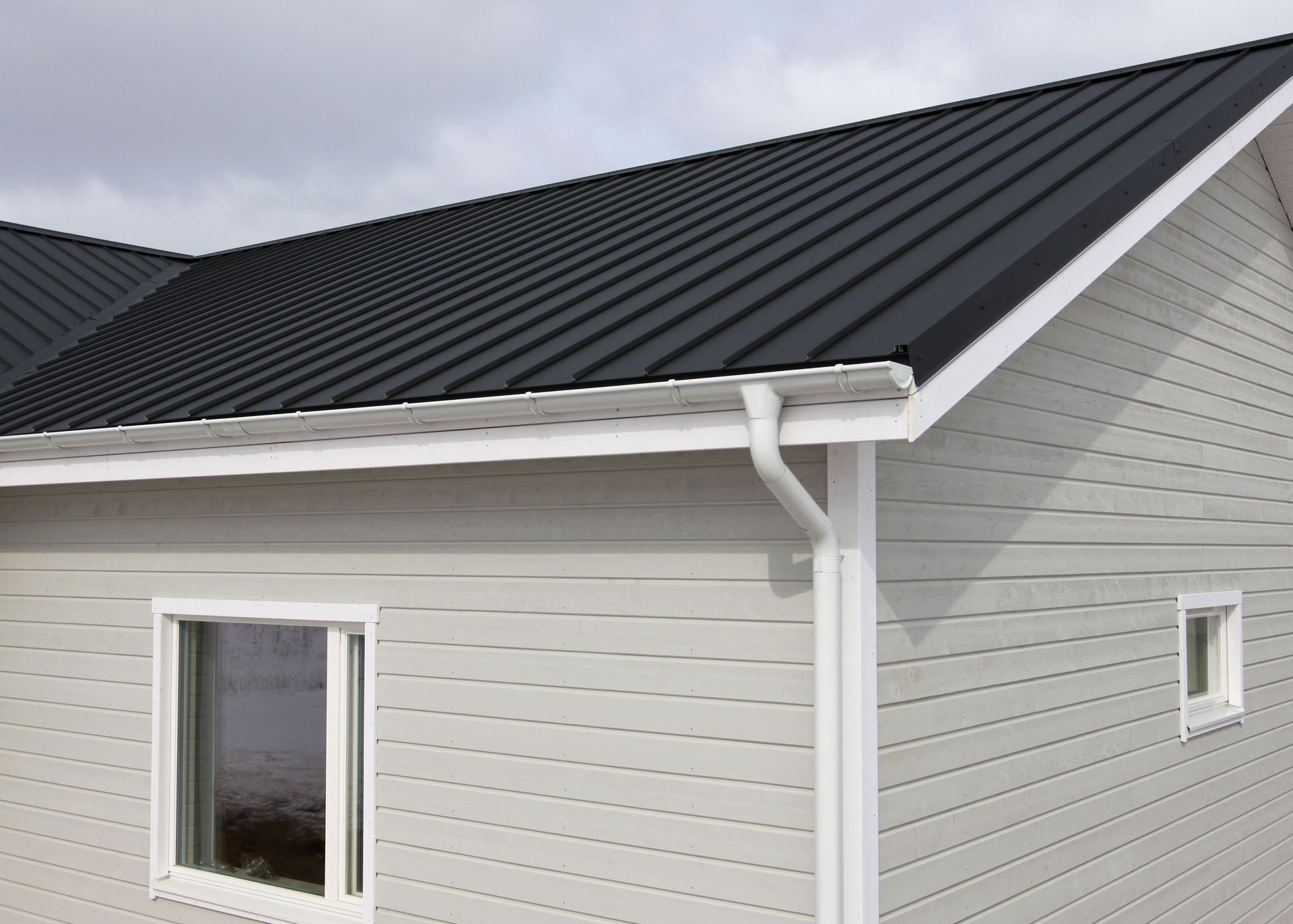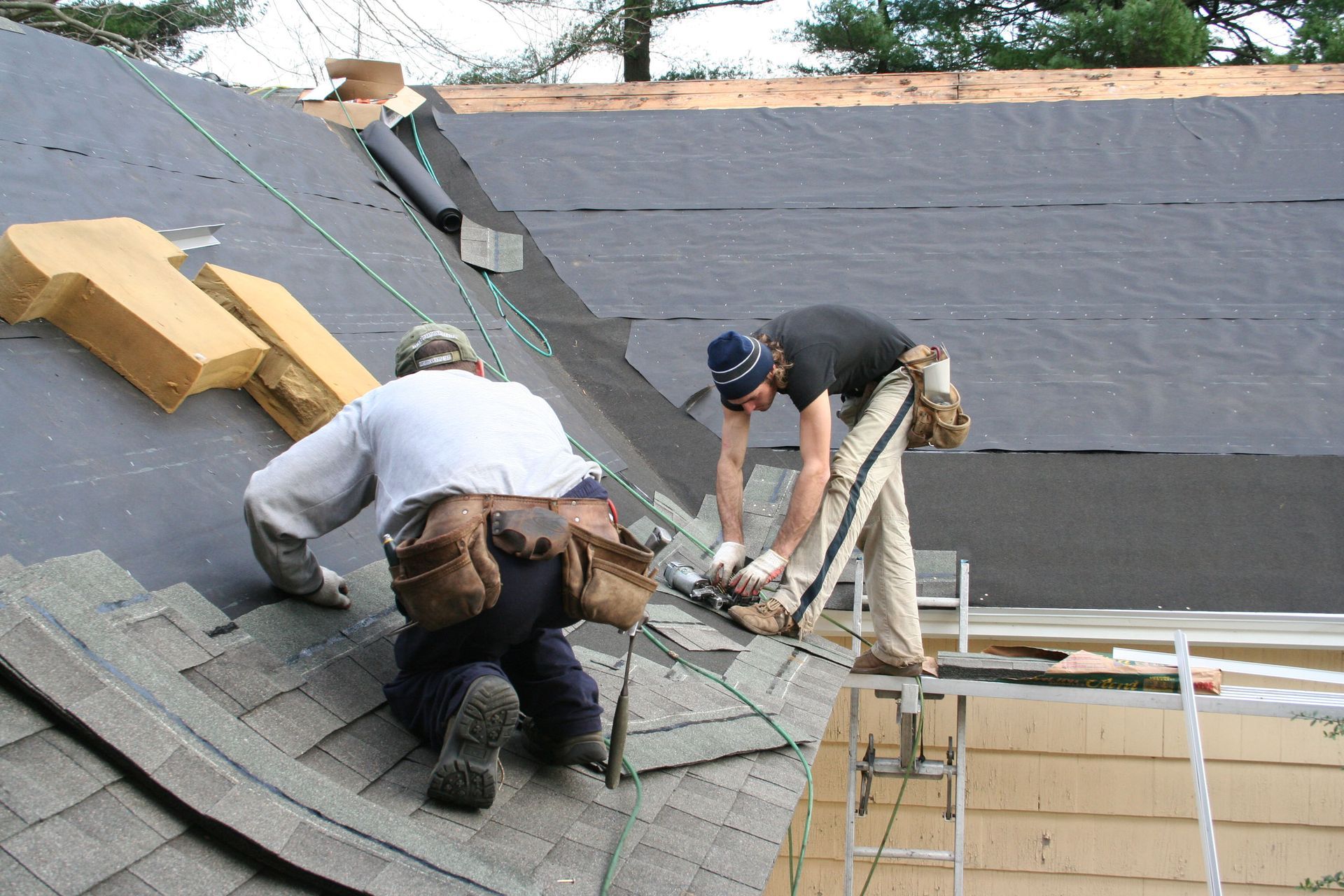Skylight Installation: The Ultimate Guide to Bringing Natural Light Into Your Home
Unleash the power of natural light in your home by incorporating skylights into your design! Skylight installation is considered one of the most impactful and rewarding home improvements for homeowners, capable of transforming gloomy areas into vibrant, sunlit spaces. Not only does it ramp up your home’s aesthetic appeal but it also improves energy efficiency. In this comprehensive guide from Ireland Contracting, we will walk you through everything you need to know about infusing your interiors with brightness with a flawless skylight installation. So whether you’re planning a renovation or designing a new build, dive right in and let us help illuminate your home like never before.
Installing a skylight can have several benefits, including bringing natural light into your space, reducing the need for artificial lighting, improving indoor air quality and ventilation, and adding aesthetic appeal to your home or business. However, before installing a skylight it is important to consider the size and location to ensure optimal performance and energy efficiency. It is recommended to consult with a reputable roofing contractor who specializes in skylight installation for more information on the process and potential costs.

Benefits of Skylight Installation
Skylight installation offers numerous benefits that go beyond simply bringing natural light into your home. Let’s explore some of the key advantages that make skylights a popular choice among homeowners.
First and foremost, increased natural lighting is one of the primary benefits of installing skylights. By introducing sunlight from above, skylights illuminate spaces that might otherwise rely solely on artificial lighting during the day. This infusion of natural light creates a warm and inviting atmosphere, making rooms feel more spacious and vibrant.
In addition to the aesthetic appeal, enhanced natural lighting can also have a positive impact on our overall well-being. Studies have shown that exposure to natural light contributes to better mood, increased productivity, and even better sleep patterns. Imagine waking up to the soft glow of morning sunlight streaming in through your skylight, ready to start your day on a bright and energizing note.
Another significant benefit of skylight installation is improved energy efficiency . Skylights allow for an abundance of natural light to flood into your living spaces, reducing the need for artificial lighting during daylight hours. This can result in substantial energy savings over time, leading to lower electricity bills and a reduced carbon footprint.
For instance, consider how a well-placed skylight in a kitchen or living area can significantly reduce the need for electric lights during the day, especially in areas where windows might not provide sufficient daylight due to limited wall space. By harnessing natural light from above, you can create a bright and cheerful gathering space while minimizing your environmental impact.
Furthermore, skylights can contribute to effective passive heating and cooling strategies. In colder months, properly insulated skylights can help trap solar heat, reducing reliance on heating systems and lowering energy costs. On the other hand, in warmer climates or during summer months, skylights can facilitate ventilation by allowing trapped hot air to escape, promoting natural airflow and reducing the need for air conditioning.
Some may argue that skylights can lead to excessive heat gain or loss, causing discomfort and energy inefficiency. However, advancements in glazing technologies and proper installation techniques have addressed these concerns, allowing for the benefits of enhanced natural lighting without compromising thermal efficiency. It’s crucial to consult with a reputable contractor or skylight specialist who can guide you on selecting the appropriate skylight design and materials for your specific needs.
Now that we’ve explored the benefits of skylight installation as a whole, let’s dive deeper into the specific advantages of enhanced natural lighting in your home.
Enhanced Natural Lighting
Skylights offer a unique opportunity to bring nature’s gift of sunlight directly into your home. With strategically placed skylights, you can create stunning visual effects as sunlight dances across your rooms throughout the day. The beauty of daylight filtering through a skylight is unparalleled, immersing your space in warm, natural hues and creating dynamic patterns that change with the passing hours.
More than just aesthetics, enhanced natural lighting has practical benefits as well. By illuminating darker corners and corridors, skylights can eliminate the need for artificial lighting during daylight hours. This not only reduces energy consumption but also enhances the overall ambiance of your home. Whether it’s soft morning light gently filling your bedroom or golden rays casting beautiful shadows on your living room floor, skylights create an ever-changing canvas of visual delight.
Moreover, introducing more natural light into your living spaces can have positive effects on your health and well-being. Sunlight is a rich source of vitamin D, known for its multitude of health benefits, including improved bone health and mood regulation. Increased exposure to natural light has also been linked to enhanced cognitive function and productivity. So whether you’re working from home or simply enjoying a leisurely afternoon, basking in the warm glow of sunlight from your skylight can uplift your spirits and contribute to a healthier lifestyle.
Take, for instance, a cozy reading nook bathed in natural light streaming through a skylight above. The soft, diffused illumination creates an ideal setting for diving into your favorite book or indulging in some quiet reflection. The gentle interplay between light and shadow adds depth and character to the space, transforming it into a serene sanctuary where you can escape the outside world.
Increased Energy Efficiency
One of the significant benefits of installing skylights in your home is the increased energy efficiency they provide. Skylights allow natural light to flood into your living space, reducing the need for artificial lighting during the day. This not only helps to create a brighter and more inviting atmosphere but also reduces your reliance on electricity, leading to potential cost savings on your energy bills.
But how exactly do skylights contribute to energy efficiency? Well, it all comes down to harnessing the power of the sun. By strategically positioning skylights in areas that receive ample sunlight, you can take advantage of natural daylighting. This means less reliance on electric lighting fixtures, which consume energy and contribute to utility expenses.
Moreover, skylights with advanced glazing options can offer additional insulation and UV protection. Low-emissivity coatings on the glass help to control heat transfer and prevent excess solar heat gain during hot summer months. This ensures that your home remains comfortable by minimizing heat buildup and reducing the strain on your air conditioning system.
In colder seasons, skylights can be designed with double or triple-pane glass, filled with insulating gases such as argon or krypton. These features help to create a thermal barrier and reduce heat loss, keeping warmth inside your home and decreasing reliance on heating systems.
It’s important to note that proper installation of skylights is crucial for maximizing their energy efficiency benefits. A professional contractor will ensure a proper seal around the skylight frame to prevent air leaks and potential energy loss. Additionally, selecting skylights with high-quality materials and Energy Star certifications ensures optimal performance and energy conservation.
With increased energy efficiency being one of the key advantages, installing skylights in your home not only brings in natural light but also contributes to a greener lifestyle and reduced environmental impact. By embracing sustainable practices and utilizing renewable resources like sunlight, you can make a positive difference in your energy consumption and overall carbon footprint.
Choices in Skylight Design
When it comes to skylights, there are various design options to suit different aesthetic preferences and functional needs. Embracing the right design ensures that your skylights seamlessly integrate with your home’s architecture while serving their intended purpose effectively.
Fixed skylights are a popular choice and provide a steady source of natural light without ventilation capabilities. These are ideal for bringing in additional daylight into areas where ventilation is unnecessary or separate windows already provide adequate airflow.
If ventilation is a priority, you might consider operable skylights that can be opened to allow fresh air into your home. Venting options include manual and electric models, allowing you to control the amount of airflow based on your comfort and weather conditions.
Tube skylights, also known as sun tunnels or light tubes, are an excellent option for spaces that lack direct roof access or where traditional skylights may not be feasible. These compact tubular designs capture sunlight from the roof and transmit it through reflective tubes or shafts down into interior spaces such as hallways, closets, or bathrooms.
Additionally, there are various shapes and sizes available in skylight design, including rectangular, square, circular, or even custom shapes to meet specific architectural requirements. Choosing the right size and shape depends on factors such as the size of the room, desired lighting effect, and overall aesthetic appeal.
For example, if you have a large living room area with high ceilings, a larger-sized rectangular skylight can create a dramatic focal point and flood the space with abundant natural light. On the other hand, smaller circular skylights installed in a bathroom or hallway can add a touch of uniqueness while brightening up these often dimly lit areas.
When selecting skylights for your home, it’s essential to consider both practical functionality and visual appeal. Consulting with a professional contractor who specializes in skylight installations can help you weigh different design options, assess their suitability for your home, and make an informed decision.
Different Types of Skylights
Skylights come in a variety of types, each with its own unique features and advantages. Let’s explore the different types to help you choose the one that best suits your needs.
One popular option is fixed skylights . As the name suggests, these skylights do not open or provide ventilation but are perfect for bringing natural light into any room. Fixed skylights are particularly popular in areas where additional air circulation is not a priority, such as hallways or closets.
Another type is the ventilating skylight , which can be opened and closed manually or through motorized systems. This type of skylight offers both natural light and fresh air circulation when desired. Ventilating skylights are ideal for rooms that may require ventilation, such as bathrooms or kitchens.
If you’re looking for a skylight that can be opened fully, consider an awning skylight . These windows open outward from the bottom and are operated by crank handles or even remote controls in some cases. Awning skylights allow for excellent ventilation while keeping out rain and debris.
For rooms with limited space, tubular skylights provide an innovative solution. These smaller skylights utilize reflective tubing to capture sunlight from the roof and direct it into the room below. Tubular skylights are perfect for small spaces like closets, hallways, or even interior bathrooms where traditional larger skylights may not be feasible.
Lastly, there are dome-shaped skylights , also known as bubble skylights. These unique designs offer a stylish appearance and allow more light to enter compared to flat or rectangular options. Dome-shaped skylights are often used in commercial buildings or modern homes seeking a contemporary aesthetic.
When selecting the right type of skylight for your home, consider factors such as your desired style, functionality requirements, and the specific characteristics of the room where the skylight will be installed. Understanding the different types available will help you make an informed decision that perfectly suits your needs.
Selecting the Right Size
Selecting the correct size for your skylight is crucial to ensure optimal lighting and aesthetic appeal. Keep in mind that there is no one-size-fits-all approach when it comes to skylight sizing, as it depends on factors such as room dimensions, ceiling height, and personal preferences. However, here are some general guidelines to consider during the selection process.
The first step is to evaluate the size of the room. Larger rooms may benefit from multiple or larger skylights compared to smaller rooms. The goal is to achieve a balanced amount of natural light without overwhelming the space or causing excessive heat gain.
Consider the ceiling height as well. Higher ceilings may require larger skylights to provide adequate lighting throughout the room. Additionally, rooms with lower ceilings should aim for skylights that are proportional in size to avoid overwhelming the space visually.
Another factor to consider is the positioning of the skylight on your roof. Take into account any potential obstructions such as nearby trees or neighboring buildings that could shade or block sunlight. This information can influence not only the size but also the placement of your skylight for maximum efficiency.
Lastly, don’t overlook energy efficiency when selecting a skylight size. Opting for high-quality glazing and proper insulation can help regulate temperatures and reduce energy loss or gain, ensuring year-round comfort in your home.
For example, if you have a small bedroom with average ceiling height, a tubular skylight might be an ideal choice due to its space-saving design and ability to provide ample natural light.
Remember, consulting with a professional skylight installer can help you navigate through these considerations and determine the most suitable size for your specific needs and goals. Their expertise and experience will ensure that you make an informed decision and achieve the desired outcome.
Step-by-Step Skylight Installation
Bringing natural light into your home through skylights offers numerous benefits, from enhancing the overall aesthetics to improving energy efficiency. If you’re considering installing a skylight, it’s essential to understand the step-by-step process involved to ensure a successful and seamless installation.
The first step in the installation process is evaluating the right location for the skylight. Take into account factors such as the position of the sun throughout the day, structural integrity of the roof, and any potential obstacles that may obstruct light transmission.
Once you’ve determined the ideal location, the next step is to measure and prepare the opening for the skylight. This involves cutting an opening in your ceiling and roof that matches the dimensions of your chosen skylight. It’s crucial to follow all safety guidelines and use proper tools and equipment during this process.
After preparing the opening, it’s time to install a skylight curb or frame. This serves as a support structure for the skylight and helps create a watertight seal between the roof and the skylight. Ensure that the curb or frame is properly aligned and secured to prevent any future leaks or structural issues.
With the curb or frame in place, you can now proceed with installing the skylight itself. Begin by placing the skylight on top of the curb or within the frame and make sure it fits snugly. Depending on your skylight model, you may need to use mounting brackets or screws to secure it firmly in position.
Next, focus on sealing and insulating around the skylight to ensure it is weatherproof and energy efficient. Use appropriate flashing materials to create a barrier against water infiltration, preventing leaks during rainstorms or snowfalls. Apply insulation around the edges of the skylight to enhance thermal efficiency and minimize heat loss or gain.
Lastly, finish off your skylight installation by properly trimming and finishing the interior and exterior areas. Install drywall, trim, or other ceiling finishes around the skylight opening on the inside of your home to create seamless integration. On the outside, apply weather-resistant materials, such as flashing and roofing materials, to protect against the elements and maintain the integrity of your roof.
Remember, skylight installation can be complex and technical, requiring expertise and experience. It’s often recommended to seek professional assistance from a reputable roofing contractor who specializes in skylight installation for optimal results and peace of mind.
Pre-Installation Preparations
Before diving into the actual installation process, it’s vital to adequately prepare for installing a skylight. Proper planning and preparation will help prevent any unnecessary setbacks or complications during the project.
Firstly, evaluate your local building codes and regulations regarding skylight installation. Different areas may have specific requirements for safety, structural integrity, or energy efficiency. Ensure that your planned skylight installation meets all necessary guidelines to avoid potential issues down the line.
Next, consider consulting with a professional roofing contractor or skylight installer during the planning phase. Their expertise can provide valuable insights into selecting the right type of skylight for your home, assessing structural feasibility, and addressing any potential concerns or challenges that may arise during installation.
For instance, if you have a flat roof, you may require a different type of skylight compared to one for a pitched roof due to differences in water drainage requirements.
Carefully assess the condition of your existing roof before proceeding with skylight installation. If there are any signs of damage or deterioration present, it is advisable to have necessary repairs or replacements done before installing the skylight. This will help ensure a solid foundation and prevent any potential leaks or structural issues.
Take into consideration the climate and weather conditions of your location. Skylights play a significant role in natural lighting and ventilation, but they also expose your home to outside elements. If you live in an area prone to extreme temperatures, heavy rainfall, or strong winds, it may be necessary to opt for skylights that offer improved insulation, impact resistance, or weatherproofing features.
Lastly, consider factors such as desired functionality, size, and style when selecting a skylight for your home. Determine whether you want a fixed skylight for natural light only or a vented skylight that can be opened for both light and ventilation. Additionally, consider the appropriate size and design that aligns with the aesthetics of your home’s interior and exterior.
By carefully considering these pre-installation preparations, you can ensure a smooth and successful skylight installation that seamlessly integrates into your home while maximizing natural light and energy efficiency.
Professional Installation Process
When it comes to skylight installation , it’s crucial to enlist the services of professionals who are experienced in this specialized field. A professional installation process ensures that your skylights are installed correctly and efficiently, minimizing any potential issues or future maintenance problems.
Imagine you’ve decided to install a skylight in your living room to bring in more natural light and create an open and airy atmosphere. Hiring a professional installer not only saves you time and effort but also guarantees a high-quality installation that meets building codes and regulations.
The first step in the professional skylight installation process is an initial consultation with the experts. During this consultation, they will assess your home’s structure and determine the feasibility of installing skylights based on factors such as roof pitch, existing obstructions, and the overall architectural design of your home. This assessment helps them identify the best location for optimal natural light distribution.
Once the assessment is complete, the next step involves preparing your home for installation. This includes ensuring proper waterproofing and insulation around the skylight opening. Professionals will carefully remove shingles or tiles from the area where the skylight will be installed and create a watertight seal to prevent leaks.
Following the preparation stage, it’s time for actual installation. The professionals will work diligently to install the skylight according to manufacturer guidelines and specifications. They will secure it properly, ensuring structural integrity while maintaining aesthetic appeal.
After completing the skylight installation, thorough testing is conducted to ensure there are no leaks or issues with water infiltration. This step is essential to guarantee that your new skylights provide all the benefits without compromising your home’s integrity.
Lastly, professionals take care of any necessary finishing touches. This may include painting or sealing surrounding areas if needed, giving the installation a polished look that seamlessly integrates with your home’s design.
By entrusting skylight installation to professionals who specialize in this field, you can have peace of mind knowing that the process is handled with precision and expertise. Their knowledge of building codes, proper sealing techniques, and industry best practices ensures a long-lasting and beautiful skylight installation.
Post-Installation Care and Maintenance
Once your skylights are installed, it’s essential to implement proper care and maintenance practices to maximize their longevity and functionality. Regular maintenance not only preserves the appearance of your skylights but also helps prevent potential issues such as leaks or condensation buildup.
Think of skylight maintenance like tending to a garden – regular attention ensures its vibrant growth while neglect leads to problems.
One crucial aspect of post-installation care is keeping the skylight clean. Dirt, debris, and dust on the glass can prevent sunlight from entering your home. Cleaning the skylights at least twice a year – preferably in spring and fall – will help maintain their clarity. Use a non-abrasive cleaner specifically designed for skylights, coupled with a soft cloth or sponge, to avoid scratching the surface.
Gutters around the skylight should also be regularly cleaned to prevent any blockages that may lead to water buildup or leaks. Ensure that leaves, branches, or other debris are cleared away so that rainwater can flow freely off the roof.
In addition to regular cleaning, it’s crucial to inspect the seals and flashing around your skylights. Over time, weather elements can cause wear and tear on these components. If you notice any cracks or gaps in the sealant or flashing, it’s important to address them promptly by contacting a professional for repairs. This proactive approach can prevent potential water leaks and further damage to your skylights.
Suppose you notice a small crack in the sealant around one of your skylights during your routine inspection. By scheduling a professional repair promptly, you can avoid potential water damage and maintain the integrity of your skylights.
Another aspect of post-installation care involves monitoring for any signs of condensation. Skylights can sometimes experience condensation buildup due to temperature fluctuations or excessive humidity. It’s important to ensure proper ventilation in the area surrounding the skylight to minimize this issue. If condensation is observed, it may indicate a need for improved ventilation or sealing, and contacting a professional is recommended.
Lastly, it’s beneficial to consult the manufacturer’s guidelines for any specific maintenance suggestions or recommendations tailored to your skylights. Following their instructions will help ensure that you are taking optimal care of your skylights and maximizing their performance.
By implementing regular cleaning, conducting thorough inspections, and addressing any issues promptly, you can enjoy the benefits of your skylights for years to come. Don’t underestimate the power of proper care and maintenance in preserving their functionality and enhancing the overall ambiance of your home.
The post Skylight Installation: The Ultimate Guide to Bringing Natural Light Into Your Home appeared first on Ireland Contracting.







Share On: